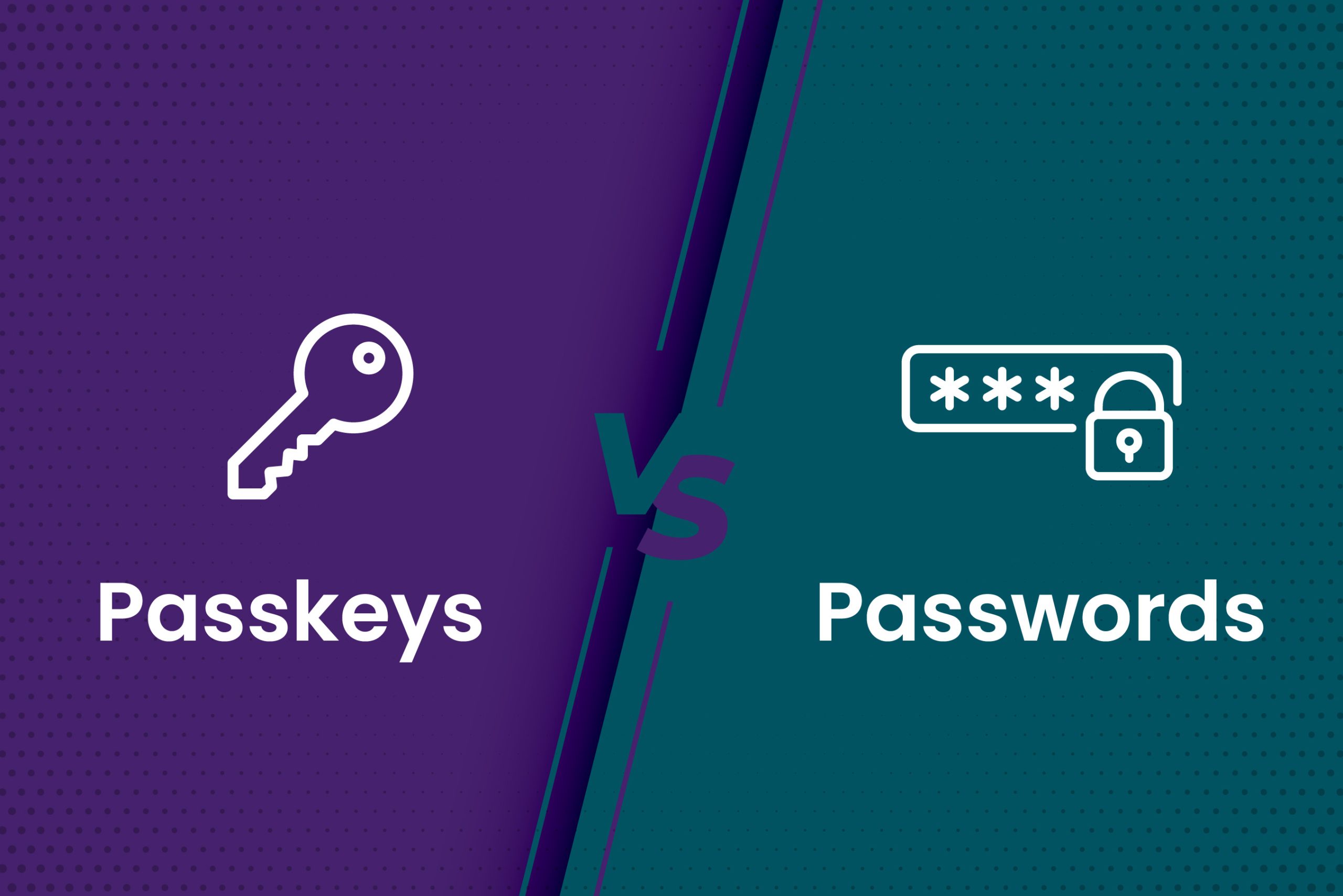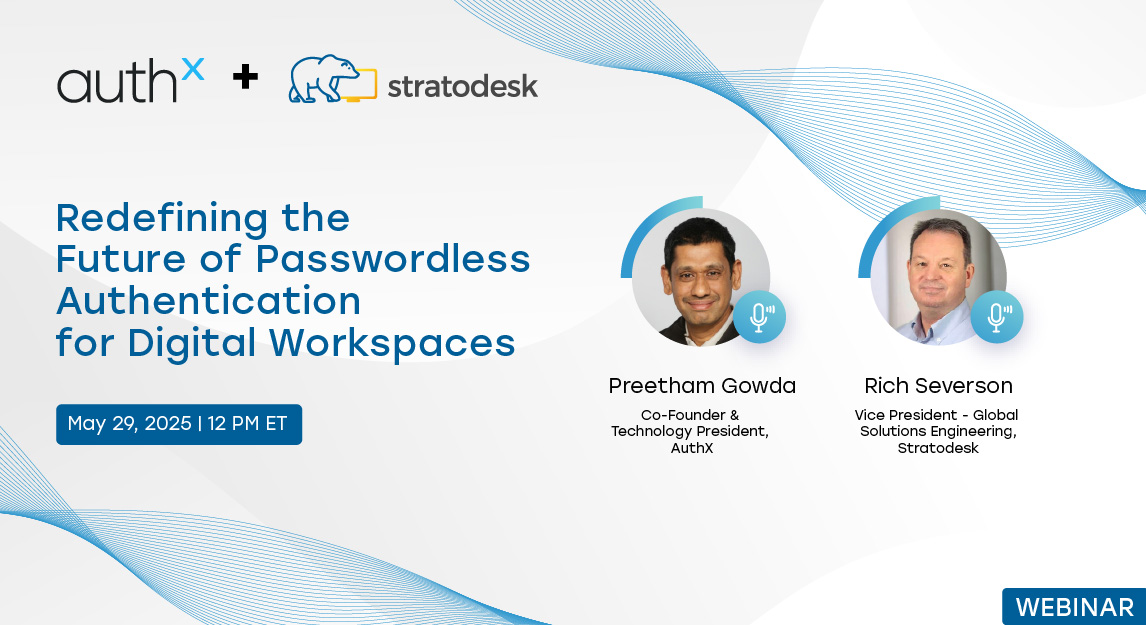Picture this: You’re sipping your morning coffee, checking yesterday’s sales numbers, when your phone starts buzzing with angry customer emails. Someone’s been shopping with stolen accounts on your platform, and now you’re dealing with furious customers, chargeback fees, and a PR nightmare that could tank your reputation.
Sound familiar? You’re not alone.
Account takeover attacks have exploded across every industry imaginable. What used to be a “big bank problem” now hits everyone from small e-commerce shops to healthcare practices to local service providers. The scary part? These attacks are getting smarter, faster, and harder to spot.
Here’s the thing though – you don’t have to be a sitting duck. With the right account takeover prevention strategy, you can protect your business and customers without turning your login process into Fort Knox.
What is Account Takeover?
Let’s cut through the jargon. What is account takeover? It’s when cybercriminals break into your customers’ accounts using stolen login details. Think of it like someone picking the lock on your front door with a copied key – they walk right in like they own the place.
Here’s how it typically unfolds: Bad actors get their hands on usernames and passwords (often from massive data breaches you probably heard about on the news). Then they try these credentials across hundreds of different websites, betting that people reuse the same password everywhere. Spoiler alert: they usually do.
Once they’re in, these criminals can drain bank accounts, make fraudulent purchases, steal personal information, or use the compromised account as a launching pad for bigger attacks.
What is ATO vs Identity Theft: Understanding the Difference
There’s an important distinction between account takeover vs identity theft that every business owner should understand. Identity theft is like someone stealing your entire identity and living as you for months – opening credit cards, filing tax returns, the whole nine yards. What is ATO? It’s more like a smash-and-grab operation. Attackers get in, take what they can quickly, and disappear before anyone notices. Both are damaging, but ATO typically has more immediate and visible financial consequences for businesses.
How Do These Attacks Work?
The methods might surprise you with how… ordinary they are:
- The Classic Phishing Email: You know those emails that look exactly like they’re from your bank, asking you to “verify your account immediately”? Yeah, those. People click the link, enter their real credentials on a fake website, and boom – game over. This is one of the most common sources of account fraud.
- The Password Recycling Problem: When major data breaches happen, those stolen passwords don’t just disappear. Attackers collect them and systematically test them across thousands of different websites, banking on the fact that most people use the same password everywhere. Unfortunately, this strategy works far more often than it should.
- The Brute Force Bombardment: Imagine someone standing at your door trying every possible key combination until one works. That’s basically what automated bots do, except they can try thousands of passwords per second. If your password is “password123” or “admin,” you’re toast.
- The Phone Number Hijack: This one’s particularly sneaky. Attackers call your mobile carrier, pretend to be you, and convince them to transfer your phone number to their device. Suddenly, all those “secure” SMS codes for two-factor authentication are going straight to the criminal.
- The Human Touch: Sometimes the most sophisticated attack is just… talking. A friendly voice calls your support team, claims to be a locked-out customer, and sweet-talks their way into a password reset. No technical skills required – just good acting.
These account takeover attacks evolve constantly, which is why defenses must adapt too.
Why These Attacks Are So Hard to Catch
Here’s the frustrating part: successful account takeovers often look completely normal in your system logs. The attacker is using the right username and password, logging in from what might be a reasonable location, and initially behaving like a regular customer.
By the time you notice something’s wrong – maybe there’s a spike in customer complaints or unusual purchasing patterns – the damage is often already done. The attacker has had hours or even days to explore, steal data, or make fraudulent transactions.
It’s like having someone with your house keys walk through your front door. Your security system doesn’t go off because, technically, they have legitimate access.
The Real Cost of Getting Hit
The numbers paint a clear picture of why businesses need to take action:
- According to Mitek, global ATO fraud losses are projected to reach $17 billion in 2025, up from nearly $13 billion in 2023.
- SpyCloud reports that account takeover attacks surged 24 percent year-over-year in 2024, illustrating how rapidly the threat is growing.
- Data from Sift’s 2024 Digital Trust Index shows 24 percent of consumers were victims of ATO, up from 18 percent the previous year.
- Nearly one in five U.S. adults has fallen victim to account takeover, according to Chargebacks911, with some estimates suggesting 29 percent of adults have been affected.
Spotting an Attack in Progress
The good news is that account takeover attacks leave breadcrumbs. You just need to know what to look for:
- Geographic Red Flags: When someone who typically logs in from Denver suddenly appears to be accessing their account from Romania at 3 AM, that’s worth investigating. Multiple logins from impossible locations within short timeframes are classic warning signs.
- Device Musical Chairs: Watch for accounts that suddenly start jumping between completely different devices – from iPhone to Android to Windows laptop – especially when combined with other suspicious activity.
- The Password Reset Parade: A sudden surge in password reset requests, particularly when followed by immediate login attempts from new devices, often signals that attackers are testing stolen credentials.
- Unusual Purchase Patterns: Customers who typically buy $50 worth of books suddenly purchasing $2,000 in electronics and shipping to a different state? That’s not a spontaneous shopping spree.
- Customer Complaints: Sometimes your first warning comes directly from customers asking “how do i protect my account from fraud” or reporting transactions they didn’t make or accounts they can’t access
How to Prevent Account Takeover: Building Your Defense Strategy
Learning how to prevent account takeover isn’t about picking one perfect solution – it’s about creating multiple barriers that make attackers give up and move to easier targets. Here’s your step-by-step approach to account takeover prevention:
Methods Businesses Should Prioritize
- Multi-Factor Authentication (MFA) This is your first and most important step in how to prevent account takeover fraud. Even if attackers have the password, they still need that second factor. SMS codes are better than nothing, but authenticator apps or hardware tokens are much stronger. The key is making it easy enough that customers will actually use it.
- Adaptive Authentication for Enhanced Security Accounts Not every login should be treated the same. When someone logs in from their usual device and location, keep it simple. But when the same account suddenly appears in a different country using a new device? That’s when you ask extra security questions or require additional verification. This approach protects security accounts while maintaining user experience.
- Consider Going Passwordless This might sound radical but hear us out. Passwords are inherently vulnerable – they can be stolen, guessed, or phished. Biometric authentication or secure hardware tokens eliminate this weak point entirely. Plus, customers often prefer the convenience.
- Implement Account Takeover Fraud Detection Your security system should be watching for unusual patterns 24/7. Strange login locations, rapid-fire login attempts, or sudden changes in user behavior should trigger immediate alerts. Effective account takeover fraud detection means catching threats in real time, not hours later.
- Lock Down Employee Security Accounts Don’t forget about your internal systems. Employees should only have access to what they absolutely need for their job. A compromised employee account can be devastating if it has broad system access.
- Deploy Account Takeover Fraud Solutions with AI Modern fraud detection tools use artificial intelligence to spot patterns humans might miss. These account takeover fraud solutions learn what normal behavior looks like for each user and can flag anomalies in real time.
Account Takeover Scenarios: Real-World Examples
Understanding account takeover scenarios helps you prepare for what businesses actually face:
- Financial accounts: Fraudulent transfers or credit card misuse
- E-commerce platforms: Address changes followed by fake orders and chargebacks
- Healthcare portals: Exposure of sensitive patient data, leading to compliance risks
- Employee accounts: Hijacked email systems used for invoice scams
These scenarios highlight that account takeovers affect every industry and can be both widespread and costly.
When Prevention Fails: Account Takeover Mitigation
Even with great defenses, you need account takeover mitigation strategies for when things go wrong. Here’s your playbook:
- Immediate Containment As soon as you suspect an account is compromised, isolate it. Don’t shut it down completely (that tips off the attacker), but restrict its ability to make transactions or access sensitive data while you investigate.
- Swift Communication Reach out to affected customers immediately. When they ask “how do i protect my account from fraud,” be ready with clear guidance. Be honest about what happened, what you’re doing about it, and what they need to do to protect themselves. Transparency builds trust, even during a crisis.
- Financial Damage Control Work with your payment processors to dispute fraudulent transactions and implement temporary holds on suspicious activity. Quick action here can save thousands in chargeback fees.
- Learn and Improve Every incident is a learning opportunity. How did the attackers get in? What warning signs did you miss? Use these insights to strengthen your defenses for next time.
Why Businesses Choose AuthX?
Traditional defenses alone can’t keep up with modern account takeover techniques, and that’s where AuthX makes the difference. The platform combines adaptive MFA, behavioral analytics, and AI-driven monitoring to deliver strong protection without slowing down legitimate users.
Businesses benefit from continuous monitoring with real-time alerts, passwordless login options that eliminate credential risk, and automated blocking of suspicious activity before it escalates. At the same time, AuthX scales easily to protect both employees and customers, giving organizations a single solution that grows with them.
This layered approach not only reduces fraud losses but also strengthens customer trust and keeps businesses aligned with industry compliance requirements.
The Bottom Line
Learning how to prevent account takeover isn’t just about technology – it’s about protecting the trust your customers place in your business. Account takeover prevention requires a comprehensive approach that combines smart technology with human awareness.
The most successful businesses don’t wait until after they’ve been hit to take action. They implement robust account takeover prevention measures proactively, understanding that effective security is an investment in their company’s future.
Remember, perfect security doesn’t exist, but effective security absolutely does. The goal isn’t to become completely invulnerable – it’s to make your business a harder target than the competition while providing customers with the peace of mind they deserve.
Your customers trust you with their personal information and hard-earned money. Protecting that trust through comprehensive how to prevent account takeover strategies isn’t just good business – it’s the right thing to do.
Ready to strengthen your account security? AuthX provides comprehensive account takeover prevention solutions that protect your business and customers without sacrificing user experience. Our platform combines adaptive authentication, behavioral analytics, and AI-powered monitoring to stop attacks before they succeed.
FAQs
What is ATO?
ATO stands for account takeover, a form of cybercrime where criminals hijack user accounts by stealing login credentials. These credentials are often captured through phishing emails, brute force bots, or purchased on the dark web.
What is ATO's impact on businesses?
What is ATO’s true cost? Beyond immediate financial losses, businesses face reputational damage, compliance violations, and operational disruption that can affect growth for months.
How can I prevent account takeover in my business?
The most effective way to prevent account takeover combines multiple security layers: multi-factor authentication, continuous monitoring, employee training, and advanced fraud detection systems working together.
What is ATO prevention best practice?
Best practices focus on creating friction for attackers while maintaining smooth experiences for legitimate users through adaptive authentication and behavioral monitoring.















